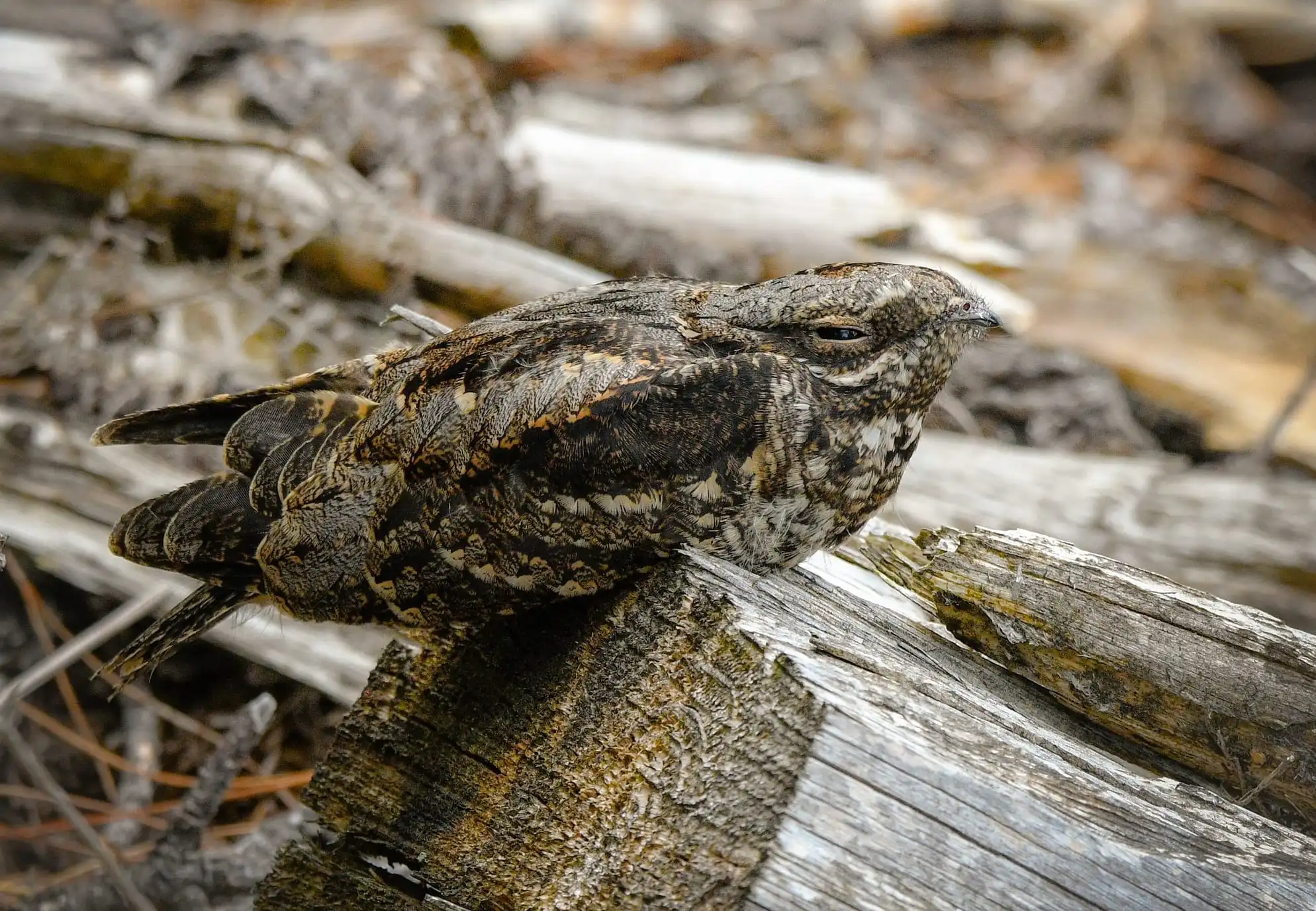Record 211 Nightjars Counted at RSPB Reserves in 2024 Thanks to Decades of Conservation
A record-breaking 211 Nightjars were recorded across RSPB reserves in 2024 — a major milestone for the elusive, nocturnal bird whose populations in the UK have been in long-term decline. The increase marks a significant success in heathland restoration and dedicated conservation efforts.
Once under serious threat due to habitat loss, the Nightjar (Caprimulgus europaeus) is now making a notable comeback, thanks to years of meticulous habitat management by the RSPB, its partners, and a network of volunteers.
A Return from the Brink
Listed as an Amber species on the Birds of Conservation Concern list, the Nightjar is known for its cryptic plumage and eerie, mechanical “churring” call heard on summer evenings. These birds migrate annually from Central Africa, arriving in the UK in late spring to breed on open, scrubby heathland and clear-felled woodland.
Their return to RSPB sites like Arne in Dorset (home to 93 individuals) and Minsmere in Suffolk (with 24 males counted) is being celebrated as a testament to strategic, long-term restoration work.
Decades of Heathland Recovery Pay Off
Nightjars require open areas with sparse vegetation to nest and hunt insects. Historically, these habitats have been lost or degraded due to conifer plantations, development, and neglect. But RSPB reserves have been reversing that trend through actions including:
- Removing invasive species like birch and pine
- Controlled gorse management to prevent overgrowth
- Using grazing animals (such as hardy ponies or cattle) to naturally maintain ideal scrub levels
- Monitoring and research, including regular night-time surveys
Nick Forster, site manager at Minsmere, said:
“Our large-scale heathland restoration has been transformative. It’s not just about bringing back the Nightjar, but reviving entire ecosystems.”
Public Asked to Help Protect This Success
Though the numbers are promising, Nightjars remain highly vulnerable, especially to disturbance during breeding season. Their nests are simple scrapes on the ground, making eggs and chicks easy to trample by accident.
The RSPB urges visitors to stick to paths and keep dogs on leads, especially in known nesting areas during spring and summer. This simple act of awareness can help ensure this species continues to thrive.
National Monitoring Efforts Underway
In partnership with the British Trust for Ornithology (BTO) and Natural England, the RSPB is contributing to a nationwide heathland bird survey, which will help assess the wider impact of habitat restoration efforts and guide future management plans.
This collaborative monitoring is vital not only for Nightjars but also for other heathland specialists like Dartford warblers, woodlarks, and silver-studded blue butterflies.
A Glimpse into the Wild
Spotting a Nightjar may still be tricky — their camouflage makes them virtually invisible by day. But at dusk, their churring call and silent, moth-like flight offer a magical glimpse into the success of UK conservation.
